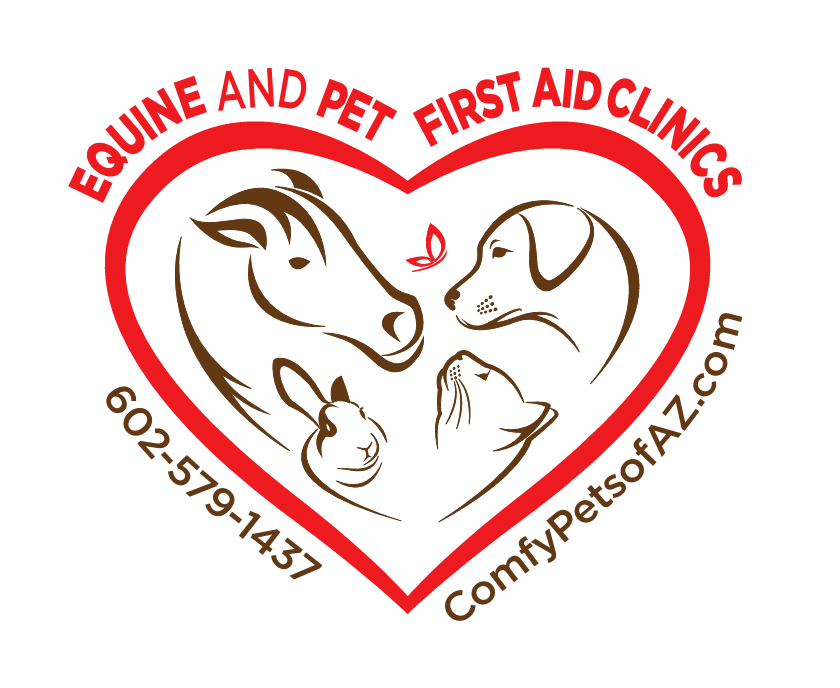March is Pet Poison Prevention Month:
Ibuprofen Toxicity in Your Dogs
You might think that it’s okay to give Ibuprofen to your dog for his/her pain or arthritis, after all it’s okay for us humans so it must be okay for our dogs, correct? No, actually it’s not.
Ibuprofen is a non-steroidal anti-inflammatory drug, otherwise known as NSAIDS. These drugs are great for humans in dealing with headaches and pain and cause less upset stomachs such as when taking aspirin. We use NSAIDS to reduce inflammation and pain, which in this case reduces the presence of prostaglandins. When a dog swallows Ibuprofen, blood no longer flows in the kidneys as it should and the stomach is no longer protected. This is why you will see a lot of blood because the toxicity has caused bleeding stomach ulcers. So, not only does your dog have to deal with stomach ulcers but kidney failure as well.
This is what happens to dogs that eat Ibuprofen
The dog in this picture was taken only after 30 minutes of ingesting IBP
As we keep our house safe of poisons and harmful chemicals from our children, we need to remember to do the same for our pets. That bottle of Ibuprofen that you had left on the counter, after taking a couple of IBP for a headache, before running to work is now left unattended for your curious dog. Yes, it may have a childproof cap, but as we all know those caps are not foolproof and a dog can chew the cap off. Ask my dog, Willa. She has eaten a cap right off the bottle. Luckily, I was around when she did.
Signs & Symptoms of IBP Toxicity:
- Vomiting up blood (look at picture above very carefully & you will see the pool of blood that was vomited within 30 minutes of ingesting the Ibuprofen)
- Diarrhea
- Ataxia (stumbling like being drunk)
- Depression
- Anorexia (not wanting to eat)
- Black tarry stools (darkish-reddish-blackish in color)
When observing any of these signs, it’s imperative that you take your dog to the veterinarian right away. This is another reason to know where your after-hours emergency veterinarian clinics are located near you. The vet will determine the extent of damage by performing blood work and a physical exam. It’s a good idea to take the bottle of IBP with you, so you can show the vet the extent of how many pills your dog may have swallowed.
Treatment (can include):
- Hospitalization
- IV Fluids
- Activated Charcoal (not in all cases) and can only be given if within 2 hours of digestion
- Blood Transfusion, if severely anemic
- Medications
- Additional blood work, after 1-2 days, to test the kidney functions
- Surgery is rare, but may be necessary to repair and remove the perforation and treat for abdominal infection
Complete kidney failure is very possible and will result in no urine production and the prognosis, unfortunately, is very grave.
If your dog does survive IBP Toxicity and is sent home, most likely you will be asked to feed him/her a bland diet of chicken and rice, for example. You will need to continue in monitoring your pet for failure to eat, vomiting and black tarry tools.
As always, let’s keep our homes safe for our children and pets. Have the numbers of your vet, after-hours emergency veterinarian hospital and pet poison control center on your refrigerator for easy access.
Teri Ann Tate is a Pet Care Professional and an Equine and Pet First Aid Instructor. She has been teaching pet parents, as well as pet professionals, for years on what to do in case of a pet emergency. Be prepared for a pet emergency by taking one of her classes that she teaches in AZ. She also travels to Southern California to teach her classes, as well as speaking engagements.
For more information on Equine First Aid classes, go to:
For more information on Pet CPR and First Aid Classes, go to:















